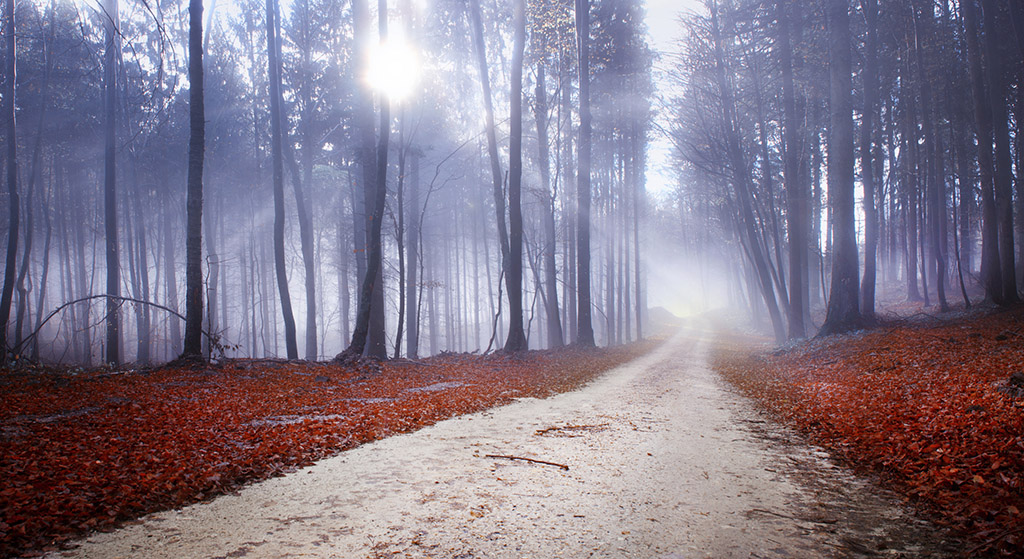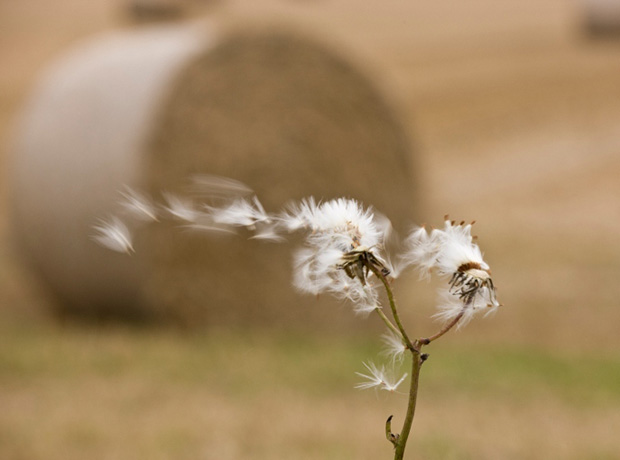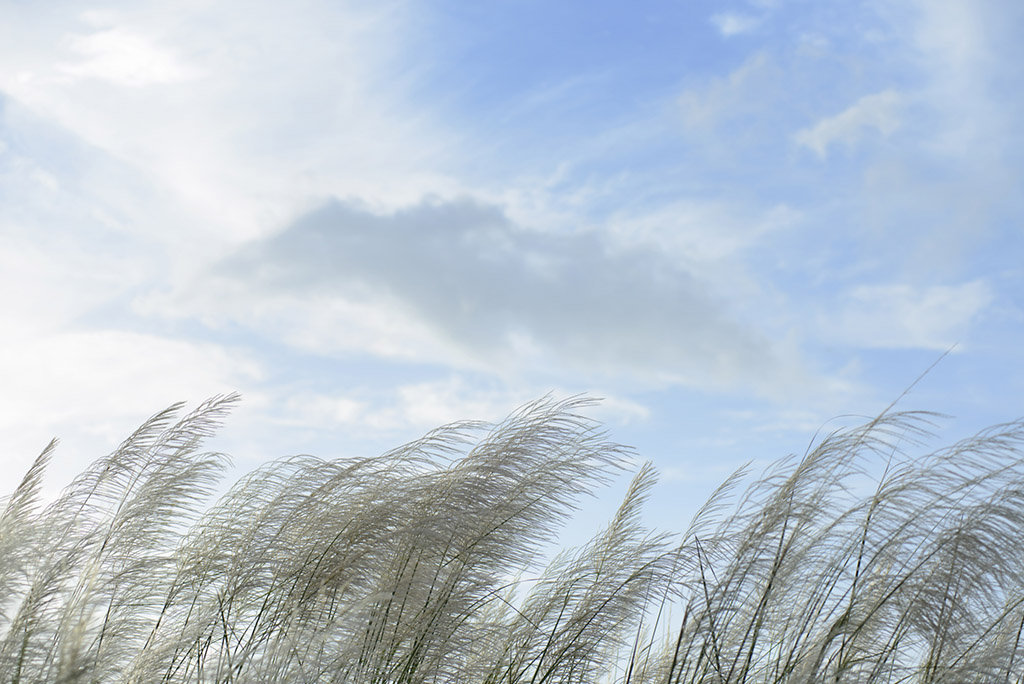When the fog rolls in, or the wind starts cranking up, instead of putting away your camera kit, you should get out and about. In the final installment of his two-part series, Robert Keeley explains why poor weather is great for photography.
While many people give outdoor photography away when the weather turns bad, serious photographers know that stormy weather can be great for photography. Last week I looked at the benefits of shooting in the rain. This week I want to focus on the photographic opportunities that arise in foggy conditions, and also the potential benefits (and hazards) of shooting in wild and windy weather.
Shooting on Foggy days
One of the greatest atmospheric effects you can take advantage of is fog – and the thicker the better! Usually fog occurs on still, icy days (often early in the morning), when it’s very tempting to stay inside. Resist the temptation! Whether you’re in an urban or country environment, fog is great to shoot in. Look for silhouettes, especially when the light is starting to break through the mist. Distinctive outlines work best, and you need to be careful that outlines of two distinct subjects aren’t merging to create a messy outline.

Foggy days can be cold and bleak, but as the fog clears there are often some outstanding photo opportunities created by the diffused light as the mist disperses. Make the effort to get out and about!
Large areas of solid black without a distinctive outline are usually ineffective in silhouetted scenes, so aim for a composition where are they are minimised (for instance, dropping a black foreground low in your composition). Early morning light can be dramatic if the fog is not too dense, and the colour of the sun can diffuse it to create some stunning effects. As you’re travelling around, keep a lookout for interesting subject matter which might work as a strong silhouette at another time.
Make a mental note and bear it in mind for the ‘right’ conditions. Once again, it’s worth checking out the website of the bureau of meteorology and watching weather reports on the evening news for likely developments over the next day or so. Then you can plan an early start.

Photographing distant mountain ranges through a light fog or drizzle can help to acentuate the abstract nature of your composition. Use a telephoto lens to flatten perspective and the effect can be dramatic.
Shooting on Windy days
Windy conditions allow you the opportunity to think a bit differently about landscapes (or seascapes). By setting up on a tripod you can keep some parts of trees (or coastlines) very sharp, whilst allowing loose branches or leaves to blur with their more rapid movement. The same applies with seaside waves. The right shutter speed will allow some blur, and it’s a great time to experiment.
Any element (natural or man-made) which will move in the wind can be a great subject for ‘windy’ images. But bear in mind a few elements. In strong winds tree branches can break without warning. It’s not a good idea to set up a tripod within ‘falling distance’! Shoreline waves can also break very dramatically. Whilst this can make for great images, you (and your gear) can end up soaked.
Think very carefully about where (or even if) you will set up a tripod. Near creeks or coastlines, sit and watch for a while to see what the conditions are like. Even then, near the sea a rogue wave might rear up, so be extremely cautious about where you set up. At least if you are shooting handheld, you can run or turn away. If you’re wearing a protective jacket, keep it partly open.

In windy weather, look for details as well as more expansive scenes. By using a slightly slower shutter speed here, the photographer was able to blur the elements which broke off this main stem.
If a dangerous wave rears up, you can turn away and whip your camera into your open jacket in one action. It might not completely protect your equipment, but it will minimise any water contact. And if you’re shooting handheld in a big breeze, remember to set a faster shutter speed to compensate for the potential movement.
One final tip: in big winds remember to carry a small sack or bag with you. To stabilize your tripod fill the bag with small stones or sand and hang it off the bottom of your tripod’s central column. This is quite effective in creating some extra stability if you plan to use slightly longer shutter speeds.
So next time the weather turns foul, keep alert to the photographic possibilities the situation provides. Some of the greatest outdoor photography has been taken by shooters who braved the elements when everybody else was home in front of the fire.

Be careful if you're shooting along the coast in wild and windy weather. In certain conditions dangerous rogue waves can rear up without warning. It's best to observe the sea conditions for some time (at least 30 minutes) before using a well-weighed down tripod so you get a good feel for the environment.
Creative blur can be used selectively in windy conditions, but to make it work well you need to select a slow enough shutter speed so that blurring can occur. To do so, you'll need to shoot with a well-stabilised tripod.









